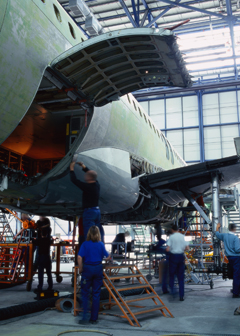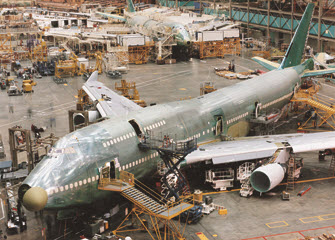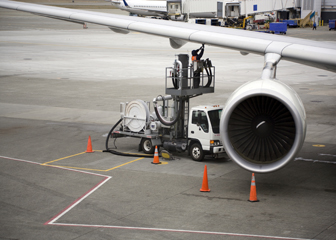Summary

| Quick Facts: Aerospace Engineering and Operations Technicians | |
|---|---|
|
$58,080 per year
$27.93 per hour |
|
| Associate’s degree | |
| None | |
| None | |
| 8,700 | |
| -2% (Little or no change) | |
| -100 | |
What Aerospace Engineering and Operations Technicians Do
Aerospace engineering and operations technicians operate and maintain equipment used in developing, testing, and producing new aircraft and spacecraft. Increasingly, they use computer-based modeling and simulation tools and processes in this work.
Work Environment
Aerospace engineering and operations technicians usually work full time in laboratories, offices, and manufacturing or industrial plants. Some of these workers may be exposed to hazards from equipment or from toxic materials, but incidents are rare as long as proper procedures are followed.
How to Become an Aerospace Engineering or Operations Technician
An associate’s degree is becoming more desired by employers of aerospace engineering and operations technicians, but vocational programs that grant certificates or diplomas also offer good preparation. Some aerospace engineering and operations technicians work on projects that are related to national defense and thus require security clearances.
Pay
The median annual wage of aerospace engineering and operations technicians was $58,080 in May 2010.
Job Outlook
Employment of aerospace engineering and operations technicians is expected to experience little or no change from 2010 to 2020. Workers in this occupation work on many projects that are related to national defense and require security clearances. These restrictions will help to keep jobs in the United States.
Similar Occupations
Compare the job duties, education, job growth, and pay of aerospace engineering and operations technicians with similar occupations.
O*NET
O*NET provides comprehensive information on key characteristics of workers and occupations.
Contacts for More Information
Learn more about aerospace engineering and operations technicians by contacting these additional resources.








